- Bubastis -
تل بسطة

Bubastis - is an ancient Egyptian city, located in the Lower Egypt to the south-east of the Nile Delta. This city existed since the beginning of the III-rd millennium BC up to the middle of the I-st millennium BC. It's modern localization - the area of Tell Basta.
According to Egyptian mythology, the founder of the city was goddess Isis . Ancient Egyptians gave the name to this city in honor of the Goddess Bastet, sometimes adding the prefix "per" before the name. "Per" means "the house" . In the ancient Egyptian language, the name of the city sounded like "Per- Bastet" - which meant the House of the Goddess Bastet.
The most famous building, located in this area, was the Temple of Bastet - the worship center of the Goddess. The temple was established by the order of Amenemhat I ( in XX century BC ), but perhaps the Pharaoh just rebuilt the remains of rather ancient building.
The most full description of the Temple of Bastet was given by Herodotus in V century BC. He regarded it as the most beautiful biulding in Ancient Egypt:
"Temples there are more spacious and costlier than that of Bubastis, but none so pleasant to behold. It is after the following fashion. Except at the entrance, it is surrounded by water: for two canals branch off from the river, and run as far as the entrance to the temple: yet neither canal mingles with the other, but one runs on this side, and the other on that. Each canal is a hundred feet wide, and its banks are lined with trees. The propylaea are sixty feet in height, and are adorned with sculptures (probably intaglios in relief) nine feet high, and of excellent workmanship. The Temple being in the middle of the city is looked down upon from all sides as you walk around; and this comes from the city having been raised, whereas the temple itself has not been moved, but remains in its original place. Quite round the temple there goes a wall, adorned with sculptures. Within the inclosure is a grove of fair tall trees, planted around a large building in which is the effigy (of Bast). The form of that temple is square, each side being a stadium in length. In a line with the entrance is a road built of stone about three stadia long, leading eastwards through the public market. The road is about 400 feet (120 m) broad, and is flanked by exceeding tall trees. It leads to the temple of Hermes."

The archeological excavations at Bubastis were made primarily inside the area of the shrine. Now we can judge about the splendor of the ancient city only by remains of the wonderful monuments, found on the site.
Before the area of the ancient temple, there is a modern open-air museum, which contains the most surviving artifacts.
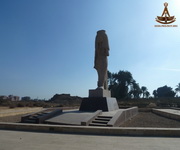   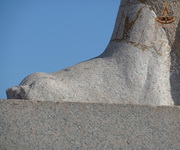
 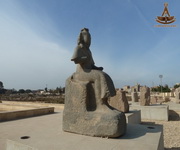 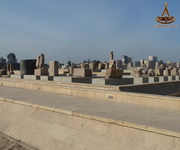 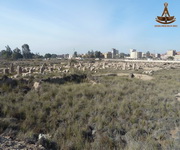
The diorite sarcofagus with a red streak of aplite - is one of the most interesting artifacts in museum area.
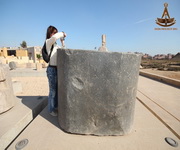 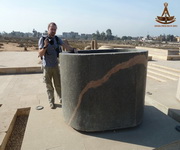 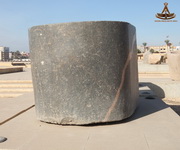 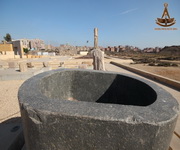
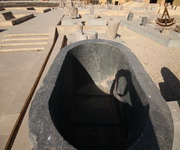  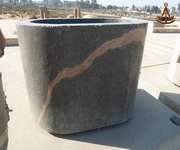 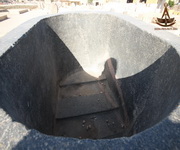
 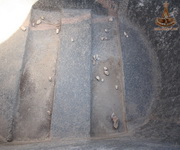 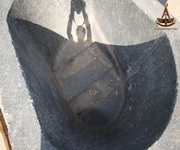 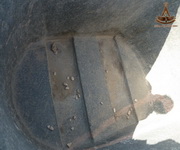
Beneath the open-air museum area, there is a large territory of the Temple of Bastet, which is so beautifully described by Herodotus in his Chronicles.

Even from the innumerable fragments of granite, basalt and quartzite structures, one can easily imagine what grand a building once occupied this place.
  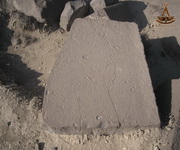 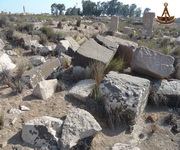
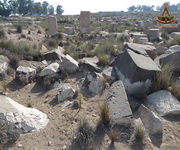 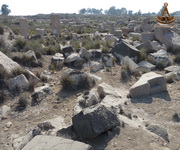 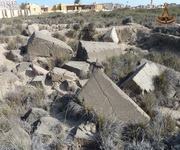 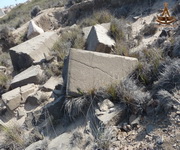
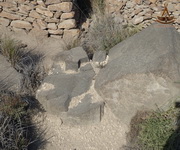 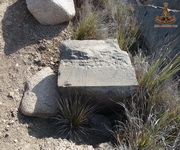 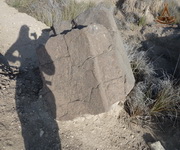 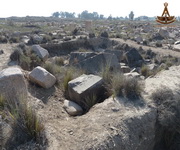
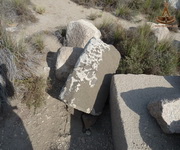 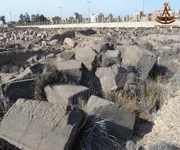 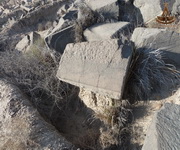 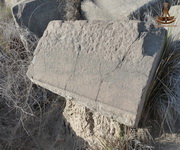
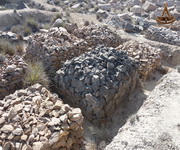 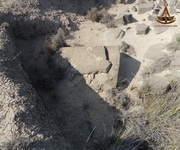 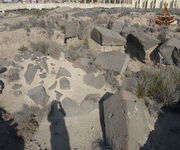 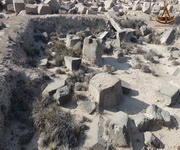
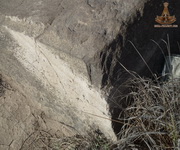 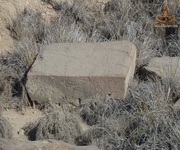  
   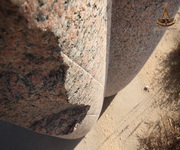
 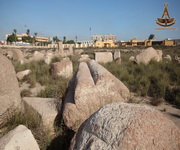  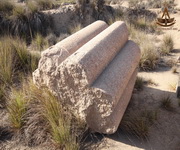
  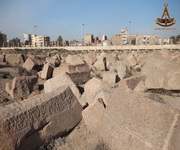 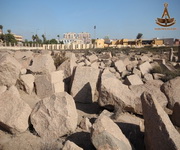
 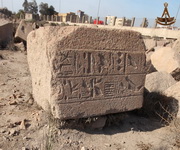 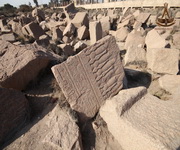 
  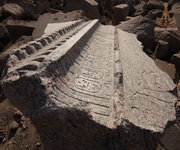 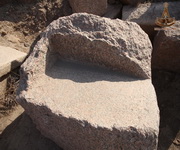
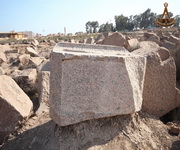 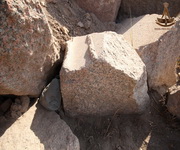 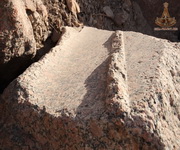 
 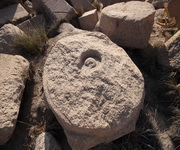 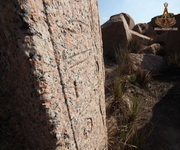 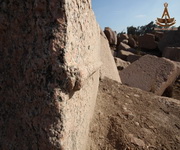
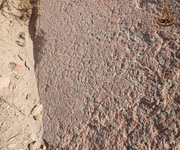 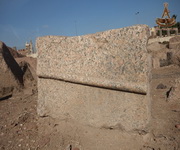 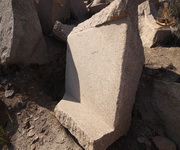 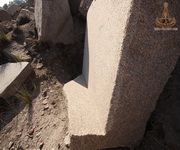
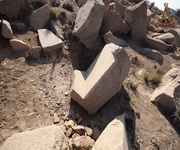  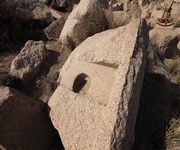 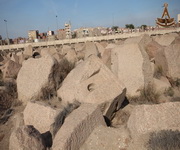
 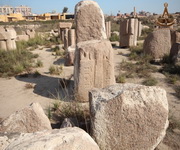 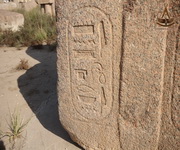 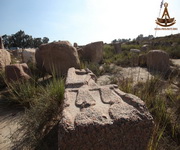
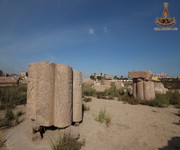 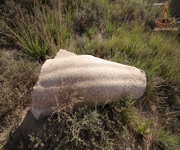  
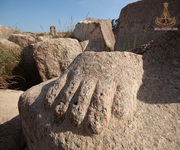 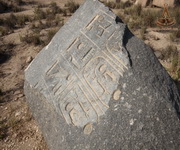 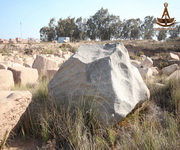 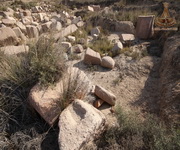
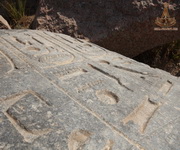 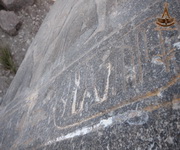  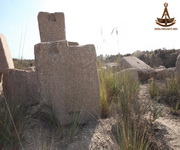
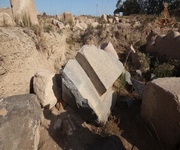 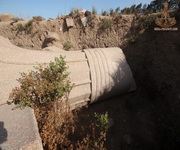  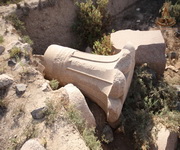
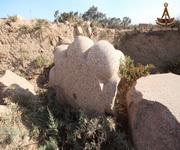 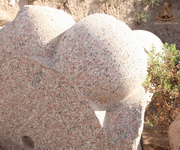 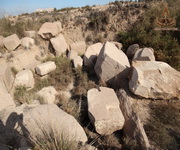 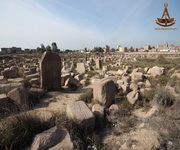
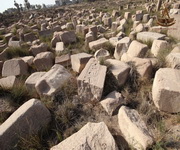 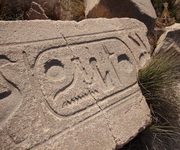 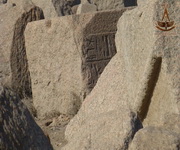 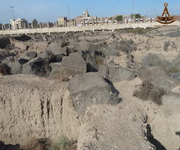
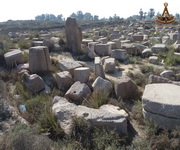 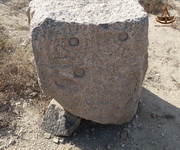 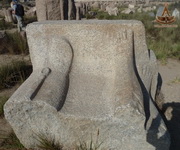 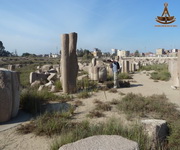
 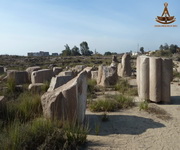 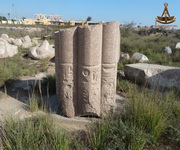 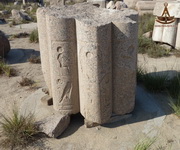
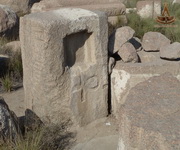 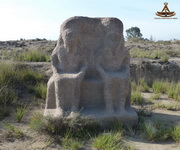 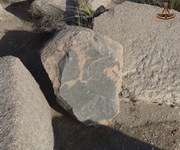 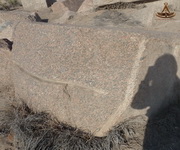
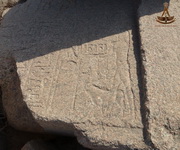 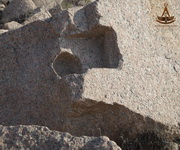 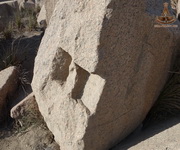 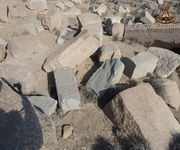
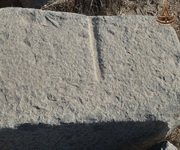 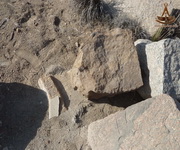 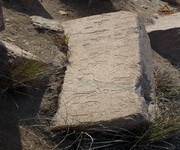 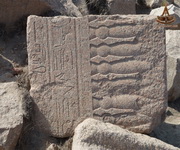
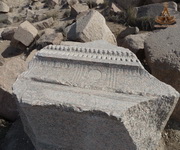   
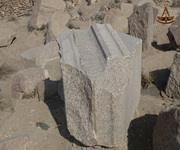 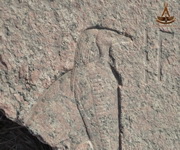 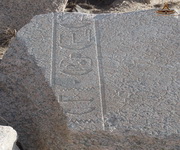 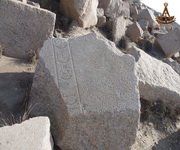
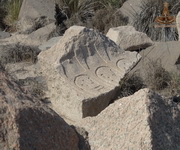 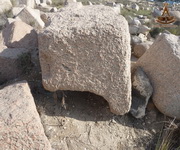  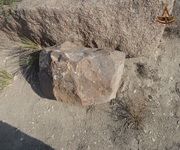
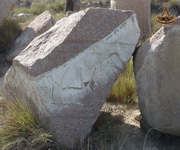 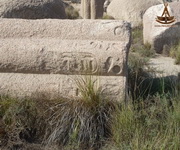 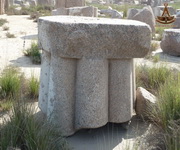 
The most common hypothesis, concerning the destruction of the Temple of Bastet - is based on the fact that the elements of its design were quarried for the building stone.
However , the stone quarrying in those days supposed the technology of wooden wedge cutting. But the traces of this technology are not observed on the fragments of the Temple design, found in this area. Besides this fact, any stone quarrying supposes its transportation to the place of the new building site. But the ruins of the Temple of Bastet, containing both large and small fragments, are remained on the original territory of the Shrine...

<< Back to the Map of Egypt
Discuss on Forum >>
© Copyright 2014 of ISIDA Project. All rights reserved. |